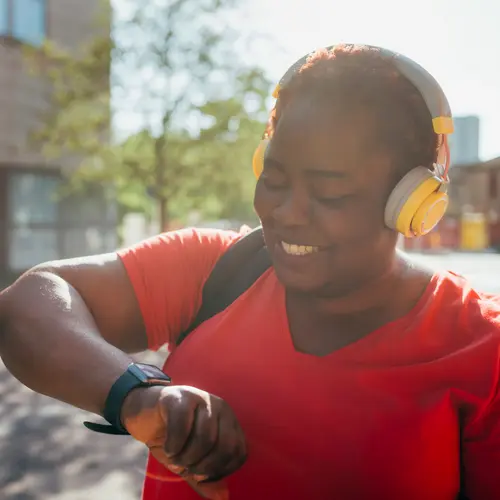Low blood sugar (also called hypoglycemia) is a concern for anyone with type 1 diabetes. It can happen when you take too much insulin, don’t eat right, or exercise more than normal. It can even happen when you’re doing your best to manage your diabetes.
That’s why it’s important to know the warning signs. Make sure your friends and family know them, too.
How Low Is Too Low?
Most people have symptoms when their blood sugar drops to 70 milligrams per deciliter (mg/dL) or lower. But it’s not the same for everyone. You might feel shaky when your blood sugar isn’t that low. Your diabetes care team can tell you where your line is.
Symptoms
Even when your blood sugar is just a little bit off, you might feel anxious and jittery. Blame it on adrenaline. Your body releases this “fight or flight” hormone when your blood sugar starts to drop.
You might have other mild to moderate symptoms, like:
- Crankiness
- Shakiness
- Dizziness
- A fast heartbeat
- Hunger
- Fatigue
- Trouble concentrating or confusion
- Sweating and chills
- Weakness
If you don’t get your blood sugar up fast enough, your symptoms can get worse. You might also have:
- Blurred vision
- Slurred speech
- Seizures
You may pass out.
These more serious symptoms are dangerous and need emergency treatment right away. Your family, friends, and co-workers should know about these and what to do if you have them.
Hypoglycemia Unawareness
Many people who have low blood sugar don’t have symptoms. This is hypoglycemia unawareness. You might get it if you have low blood sugar a lot. After a while, you don’t notice the warning signs. It’s also more common if you’ve had diabetes a long time or keep it tightly controlled.
Hypoglycemia unawareness is dangerous. If you have it, you need to check your blood sugar often. A continuous glucose monitor can really help. It tracks your blood sugar day and night, and warns you if it drops.
You can also train your body to notice the lows again. Your doctor can tell you how.
How to Get Your Blood Sugar Up
A quick way to do it is the 15-15 rule:
- Eat 15 grams of carbs, like glucose tabs, fruit juice, a few raisins, or some jellybeans. Avoid things like chocolate and ice cream, because those don’t work fast enough.
- Wait 15 minutes.
- Check your blood sugar. If it’s still below 70 mg/dL, have some more carbs.
But don’t eat too much -- That could send your blood sugar sky-high. Stick with repeat doses of 15 grams until you’re back to normal.
If your blood sugar’s very low or the 15-15 method doesn’t work, you may need a shot of glucagon. This is a hormone your body makes that raises your blood sugar fast. Ask your doctor if you should have a glucagon rescue kit on hand. Be sure the people in your life know how to use it if you faint.
Tell your diabetes team any time you have low blood sugar, especially if it’s serious. They can suggest things to do so it doesn’t happen as often.

